- Home
- History of Sicily
- Sicilian Vespers
Sicilian Vespers: The Rebel Uprising That Shook an Empire
The island of Sicily, situated in southern Italy, has been the scene of numerous conquests and revolutions. Or at least their attempts. But none of these caused such historic tremors as the case of the Sicilian Vespers.
This dramatic uprising, which began in 1282, marked not only a turning point in the struggle for freedom against oppressive rule but also altered the complex power dynamics of Europe as a whole.
Originating in the streets of Palermo, the rebellion began with a simple, tragic incident—a tale of betrayal that spiraled into a full-scale revolt. Ordinary Sicilians, fueled by resentment towards foreign dominance, rose together to reclaim their homeland.
The once-dominant French Angevins faced an unstoppable wave of defiance, and the Sicilian Vespers became forever a symbol of national pride and resilience for Sicilians.
Join us as we delve into the gripping details of this incredible uprising, exploring how a single spark ignited a fire that would shake an empire to its core and forever alter the course of Sicilian history.
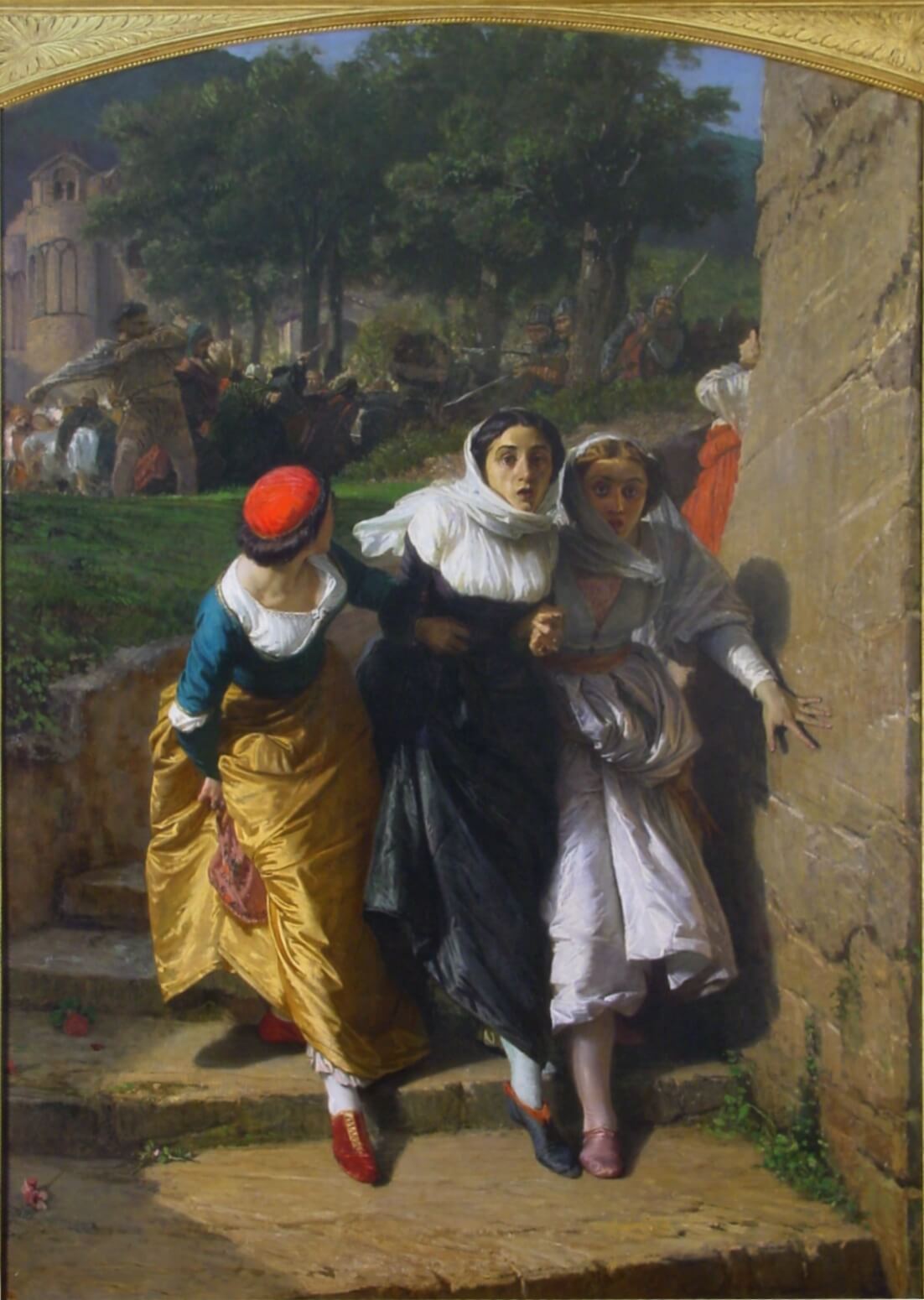 "Vespri Siciliani" - a painting by Domenico Morelli.
"Vespri Siciliani" - a painting by Domenico Morelli.Background: Causes of Discontent
The sun-baked island of Sicily, that jewel of the Mediterranean, had witnessed countless conquerors. Still, none would face the fury that awaited the Angevins. This family dynasty originated from the historic region of Anjou in France. In the late 13th century, Sicily found itself under their rule.
The period of Angevin control began after the death of the last Hohenstaufen king, Manfred, in 1266. Charles I of Anjou, brother of King Louis IX of France, was installed as the ruler of Sicily by Pope Clement IV, who sought to diminish the influence of the Hohenstaufen family.
Charles' reign marked the beginning of a new era for Sicily, but one fraught with tension and discontent.
It's easy to fall off the track in these powerplays, as the medieval game of thrones in Europe was a patchwork of ruling families and rapidly changing states.
The primary point to note is that the Angevins imposed heavy taxes and harsh measures to consolidate their power, resulting in widespread dissatisfaction among the Sicilian populace.
Discontent also spread to the local nobility. It had become accustomed to a certain level of autonomy under previous rulers, which was disrupted by Charles's attempts to centralize government in his own hands.
Additionally, the imposition of French officials and soldiers further alienated the Sicilian people, who viewed them as foreign oppressors.
This sense of disenfranchisement was exacerbated by the Angevins often showing little regard for the local customs and traditions deeply ingrained in Sicilian society.
The resulting economic hardship from the taxes, combined with the perceived arrogance and cruelty of the Angevin administration, created a volatile environment ripe for rebellion. Thus, the stage was set for the dramatic events that would unfold during the Sicilian Vespers.
The Spark of Rebellion
The immediate spark for the Sicilian Vespers was a tragic and seemingly isolated incident that occurred on Easter Monday, March 30, 1282. During the evening vespers service at the Church of the Holy Spirit in Palermo, a French soldier allegedly insulted and assaulted a young Sicilian woman.
What exactly happened is not entirely clear. It could be a misunderstanding, or someone may have actually done something. In any case, a clash ensued between French soldiers and Sicilians.
This rumored act of violence, combined with pent-up anger and resentment towards the French occupiers, ignited a spontaneous and violent reaction from the local population.
Within hours, the streets of Palermo were engulfed in chaos as ordinary Sicilians took up arms against the French soldiers and officials, marking the beginning of a full-scale rebellion.
The Sicilian nobility, who resented their diminished status and loss of autonomy, also contributed to the uprising by rallying support among the populace.
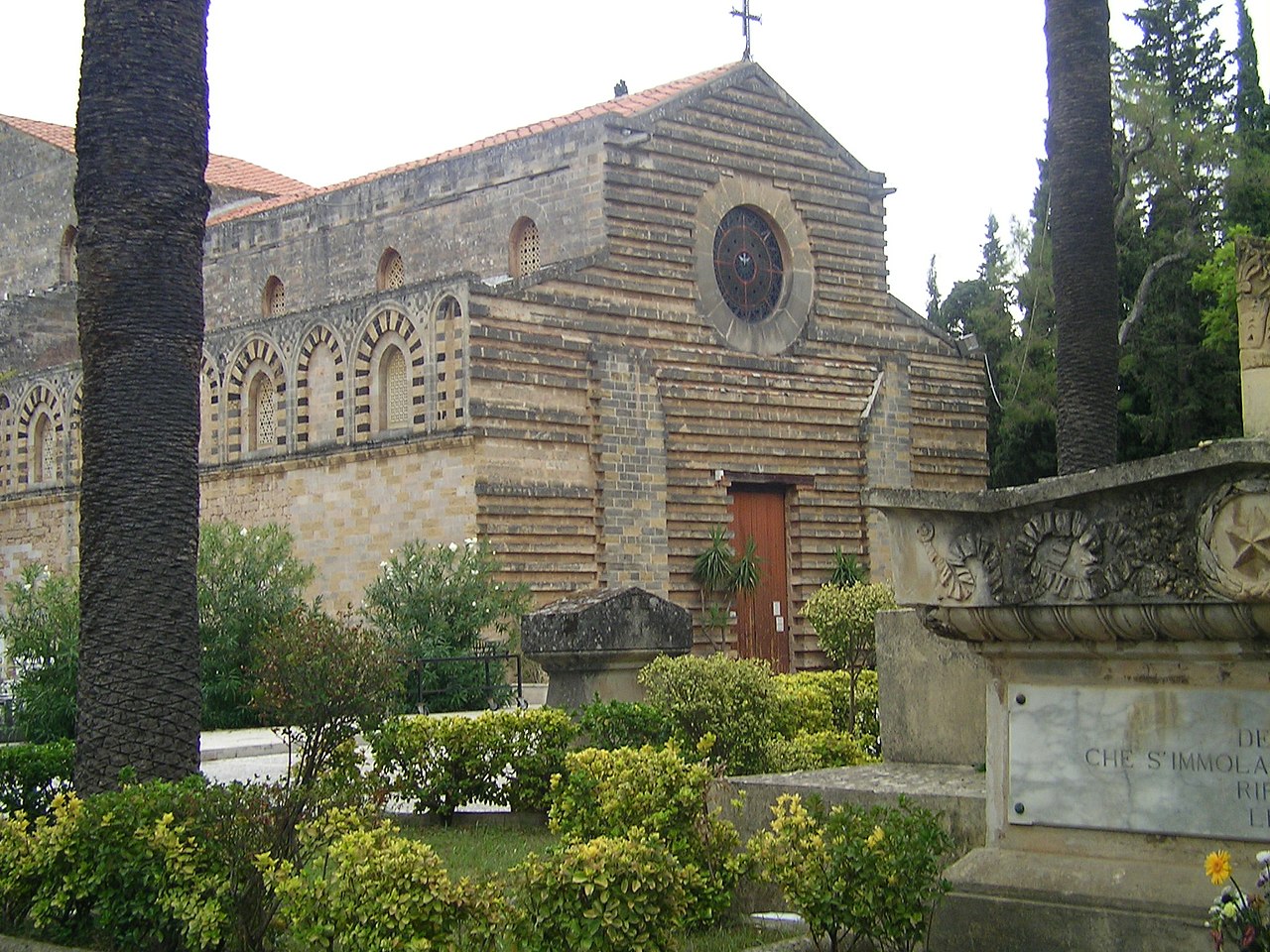 The Santo Spirito church in Palermo, where the Sicilian Vespers rebellion started. (Photo: Enzian44/Wikimedia Commons)
The Santo Spirito church in Palermo, where the Sicilian Vespers rebellion started. (Photo: Enzian44/Wikimedia Commons)Key Players of Sicilian Vespers
The Sicilian Vespers uprising was led by several key figures whose actions and decisions significantly influenced the course of events.
On the Angevin side, Charles I of Anjou was the central figure whose policies and actions ultimately provoked the uprising.
Charles I had been given the kingship of Sicily, which also included southern Italy as far as Naples on the mainland.
The popes supported Charles, but he also frightened them. This was because of the large armies he was bringing into Italy.
Charles' heavy-handed approach to governance, characterized by oppressive taxation and the imposition of foreign officials, fueled the widespread discontent that led to the revolt.
Despite his initial successes in consolidating power, Charles' inability to address the underlying grievances of the Sicilian people ultimately undermined his rule. His determination to maintain control over Sicily at all costs set the stage for a protracted and bloody conflict that would have far-reaching consequences.
As for inciting the rebellion, one of the most prominent figures was John of Procida, a physician and diplomat who played a crucial role in planning and executing the uprising.
John had a bad experience with the French. He had fought against them alongside the Hohenstaufens and lost. As a result, his lands had fallen to the French. In the same confusion, they had raped his wife and daughter and killed one of his sons.
So, it is no wonder John harbored a deep-seated animosity toward the Angevins for their role in the downfall of his former masters.
Utilizing his extensive network of contacts and his diplomatic acumen, John orchestrated a coalition of forces opposed to Angevin's rule, thereby laying the groundwork for the uprising.
John's machinations in Sicily were part of his services to Peter III of Aragon - another pivotal figure in the uprising, who would later become King Peter I of Sicily.
Peter's involvement was instrumental in providing the military and political support necessary for the rebellion's success. His marriage to Constance, the daughter of the last Hohenstaufen king, endowed him with a legitimate claim to the Sicilian throne, which he eagerly pursued.
Peter had tried to ascend the Sicilian throne already earlier, but the attempt had failed when the then-pope took the French side.
As the Sicilian Vespers rebellion spread, Peter was invited to the island and promised the king's throne if the rebellion succeeded. This gave the rebels a legitimate alternative to the French rulers.
Peter's arrival in Sicily with a formidable Aragonese fleet marked a turning point in the conflict. His leadership and strategic acumen were vital in securing victory against the Angevin forces.
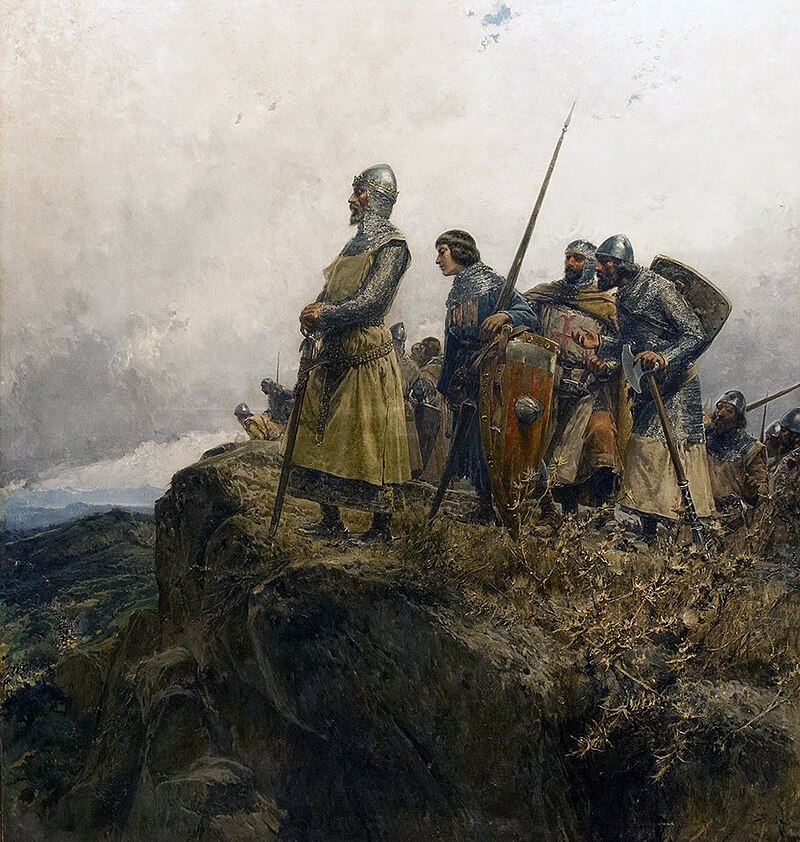 Peter III (1891). Painting by Mariano Barbasan.
Peter III (1891). Painting by Mariano Barbasan.The Rebellion Spreads
The initial outbreak of violence in Palermo quickly spread to other parts of Sicily as news of the rebellion galvanized the population. Within days, the cities of Messina, Catania, and Trapani joined the uprising, each experiencing their own violent clashes with the Angevin forces.
The rebels organized themselves into makeshift militias, seizing control of key strategic points and driving the French occupiers out of the area. The rapid and widespread nature of the revolt took the Angevin administration by surprise as they struggled to contain the insurrection and maintain order.
One of the most significant events during the Sicilian Vespers was the Battle of Messina, which took place in the summer of 1282. The city of Messina, a crucial stronghold with its strategic port, became a focal point of the conflict.
Angevin forces, under the command of Charles I, launched a determined effort to recapture the city. However, the defenders, bolstered by local support and reinforcements from other rebel-held areas, managed to repel the assault.
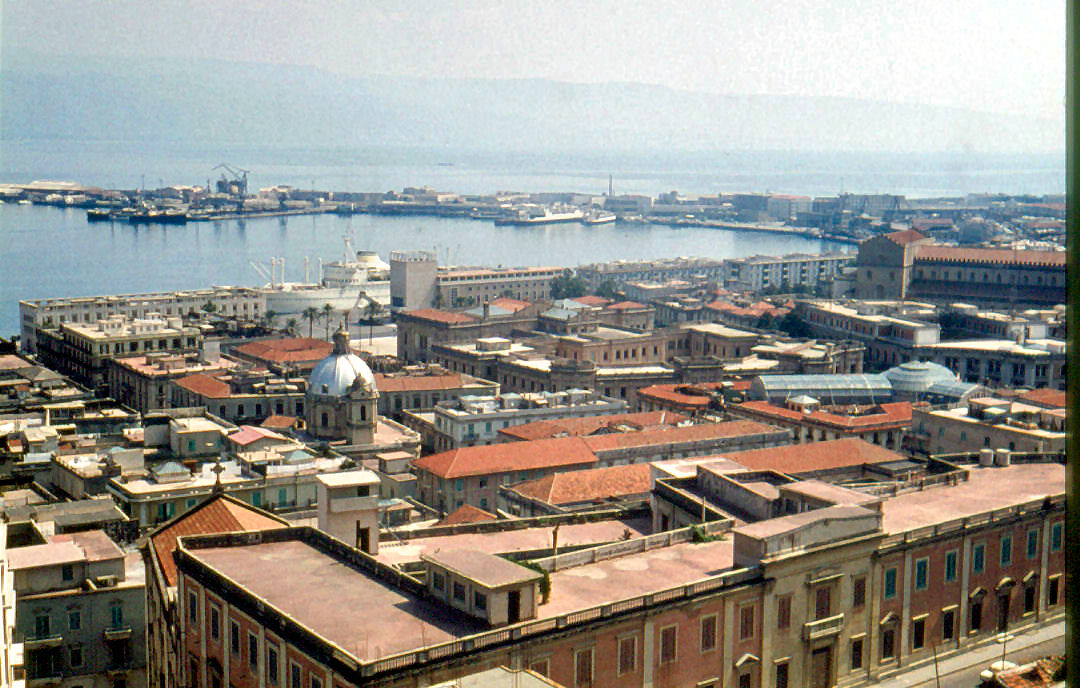 Messina Harbor. (Photo by Dorieo21/Wikimedia Commons)
Messina Harbor. (Photo by Dorieo21/Wikimedia Commons)The failure to retake Messina marked a turning point in the rebellion, as it demonstrated the rebels' resolve and capability to withstand the Angevin military might.
As the rebellion continued, the arrival of Peter III of Aragon with his fleet added a new dimension to the conflict. Landing in Sicily in 1282, Peter declared himself the rightful king and offered his support to the rebels. His presence provided the insurgents with the necessary military and political backing to sustain their efforts against the Angevins.
The ensuing months saw a series of battles and skirmishes, with the tide gradually turning in favor of the rebels. By 1285, the Angevin forces had been largely driven out of Sicily, and Peter III was crowned as King of Sicily, marking the culmination of the uprising.
Consequences of the Sicilian Vespers on the Kingdom of Sicily
The successful uprising of the Sicilian Vespers had profound and lasting consequences for the Kingdom of Sicily. The most immediate and significant outcome was the end of Angevin's rule and the establishment of the Aragonese dynasty on the Sicilian throne.
Peter III of Aragon's ascension as King Peter I of Sicily marked the beginning of a new era characterized by a reassertion of local autonomy and a repudiation of foreign domination.
The transition of power was not without its challenges, as the new regime had to navigate the complex political landscape and address the grievances that had fueled the rebellion.
The rebellion also led to significant changes in the governance and administration. Under Aragonese rule, efforts were made to restore and strengthen the traditional institutions and practices that had been undermined by the Angevins.
The local nobility, whose support had been crucial to the uprising's success, regained much of their former influence and autonomy.
The new regime also sought to satisfy the needs of the factions involved in the rebellion. These reforms laid the groundwork for a more inclusive and representative system of governance, although challenges and conflicts persisted.
Economically, the consequences of the Sicilian Vespers were mixed. The removal of the heavy taxation and resource exploitation imposed by the Angevins provided some relief to the peasantry and urban working class.
However, the initial years following the uprising were marked by significant disruptions and hardships. Over time, the restoration of local control and the establishment of more equitable policies contributed to a gradual economic recovery.
The rebellion also strengthened the sense of national identity and solidarity among the Sicilian people, as they took pride in their successful struggle for freedom and autonomy.
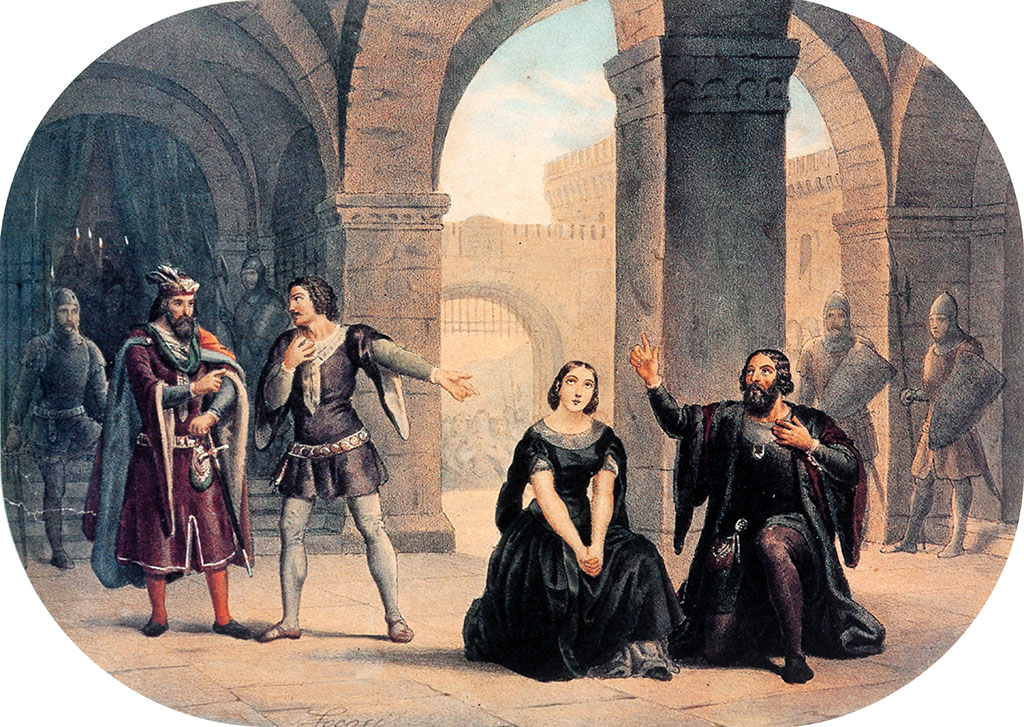 The events of the Sicilian Vespers were made into an opera by Giuseppe Verdi. It premiered in Paris in 1855.
The events of the Sicilian Vespers were made into an opera by Giuseppe Verdi. It premiered in Paris in 1855.Conclusion: Reflections on the Uprising and Its Significance
The Sicilian Vespers was a dramatic uprising sparked by a single incident yet fueled by years of long-standing resentment and oppression. It reshaped the course of Sicilian history and left an indelible mark on the broader European landscape.
The rebellion's success in overthrowing Angevin rule and establishing the Aragonese dynasty underscored the capacity of ordinary people to challenge and dismantle oppressive regimes, even in the face of overwhelming odds.
In this way, the Sicilian Vespers remain a poignant reminder of the potential for collective action to effect profound change.
The convergence of economic hardship, social alienation, and cultural pride created a fertile ground for rebellion.
Ultimately, the story of the Sicilian Vespers is one of resilience, courage, and the unyielding pursuit of autonomy. It serves as an enduring source of inspiration, reminding us of the power of collective action and the importance of standing against injustice.
The Sicilian Vespers, with its profound and far-reaching impact, continues to resonate as a symbol of hope and defiance in the face of adversity.
(July 10, 2025)
Recent Articles
-
White Wines of Sicily: A Guide to Sicily's Best Varietals
Jan 06, 26 05:46 AM
Discover the unique white wines of Sicily, from the famous Grillo to the lesser-known varieties. -
Honeymoon in Sicily: Where Landscapes Stir the Heart
Dec 17, 25 12:21 PM
Honeymoon in Sicily: Timeless temples, coastal hideaways, slow meals, and landscapes that invite closeness. -
Best Time to Visit Sicily: Your Seasonal Guide
Dec 05, 25 04:23 AM
Find the best time to visit Sicily. Explore seasonal weather, crowds, prices, and highlights.
Follow MANY FACES OF SICILY on Facebook, Instagram, Bluesky & Tumblr
Contact: vesa@manyfacesofsicily.com







